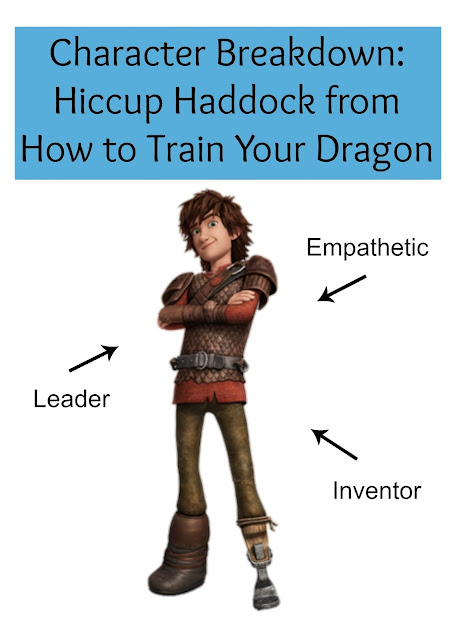5 Bad Sequels and How to Avoid Them


1. The Repeat
You start reading and you go, "huh, this feels a lot like the first book". And not in a good way. It feels like they basically repeated the first book, even sometimes fighting the same villain. It's very disappointing to read a book like that, especially if you really liked the first book. No one wants to be able to call everything that's going to happen.
How to avoid it: You want to match tones to your first book, but not repeat it. Start by thinking of what readers want to see in your sequel. What are the things they liked best in book one? Then brainstorm what ways you can take those elements and combine them in new and interesting ways.
2. The Switcheroo
Book one was a fun, exciting sci-fi book. You're very excited for book two. But when you start it, it's for some reason it seems closer to a political sci-fi book. You're very confused and disappointed. What happened to all the things you liked in the first book? When books completely change tone or direction, especially in a linked series, it's jarring.
How to avoid it: It's okay if you want to take a different direction in book two, but you need to foreshadow that in book one. You don't want to repeat book one, but you don't want to completely confuse readers either. You need to find the sweet spot between the two.
3. The Sidekick
There's a great sidekick in book one that you totally loved. Then the author decides to write a book about them because they're so popular. It sucks. It's way to much of a good thing. You leave it, wishing you could never see it again.
How to avoid it: Sometimes writing a story about a side character can work. But you have to make sure the character you pick has enough potential for growth or an interesting story to explore, not just because they're the most popular character in your story. Loki and Penguins of Madagascar are both great examples.
4. The Useless
Book one was great. A perfect stand-alone. But then you hear that there's going to be a book two. You're kind of confused, but since you liked book one so much, you decide to read it. Afterwards, you decide they should have left well enough alone. It didn't add anything to the first book, and you actually think it took away from what you liked about it. So disappointing.
How to avoid it: Simple. Don't write a sequel if you don't need it. Or if you want to write a sequel, make sure there's room for it in your story. Do you have enough material to cover two books? Do you really need another whole book, or would writing a short story about that one thing suffice?
5. The Break-Up
There is an adorable couple in book one. The author spent the whole book on a slow burn romance, carefully bringing the leads together into a swoon-worthy romance. Book two comes out and the first thing they do is break-up and spend the whole book going will-they-won't-they get back together. It's annoying and makes no sense.
How to avoid it: If you want to give your couple relationship problems in book two, you need to hint about those problems being there in book one. Don't give us a perfect happy ending that you're going to wreck. Or just don't break them up at all. It's so much more inspiring to see couples work through their differences rather than break up at the slightest trouble.

Which is your least favorite type of sequel? Do you have any tips on avoiding bad ones? Tell me in the comments.
Suggested Posts:



Comments
Post a Comment